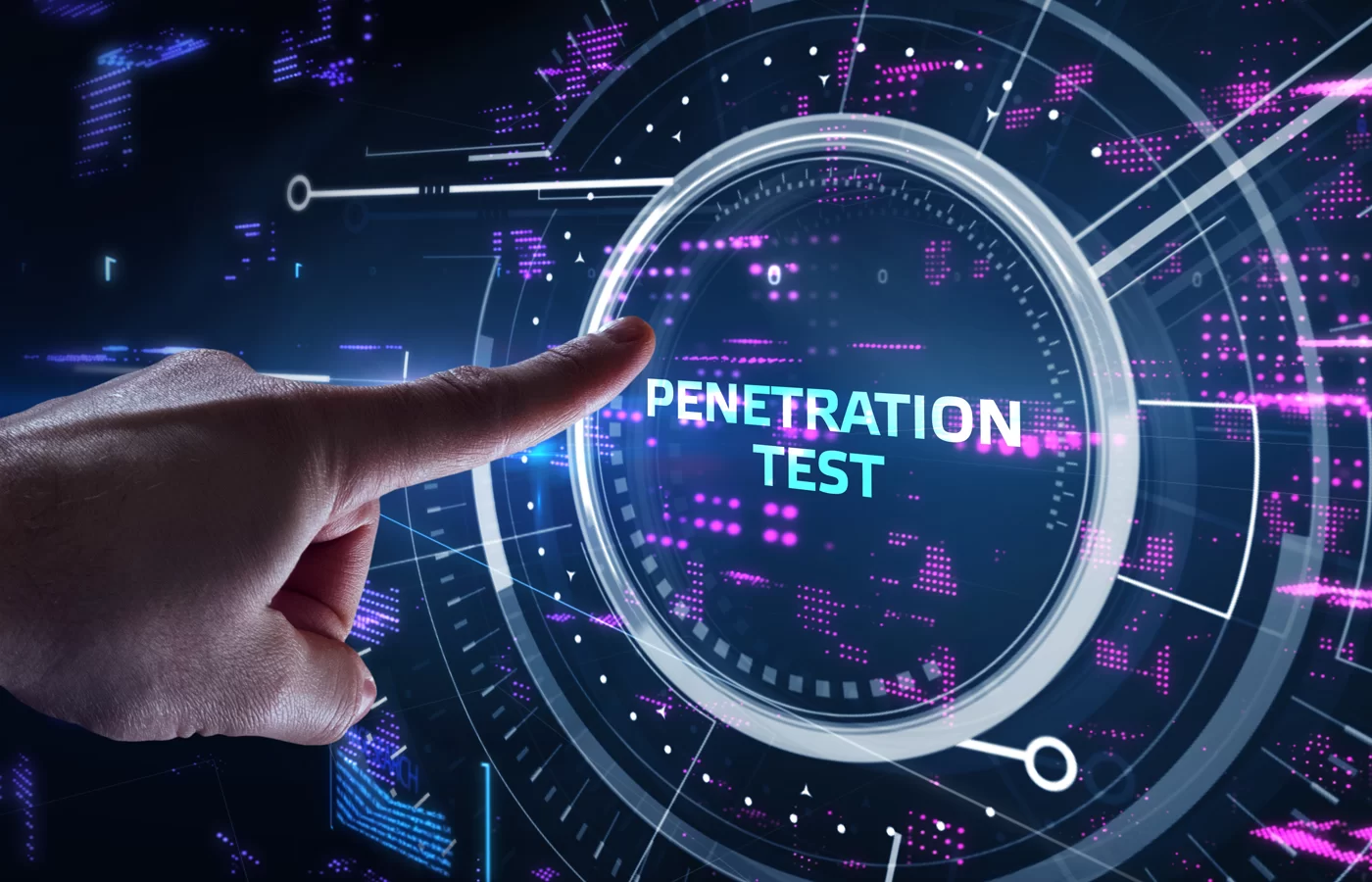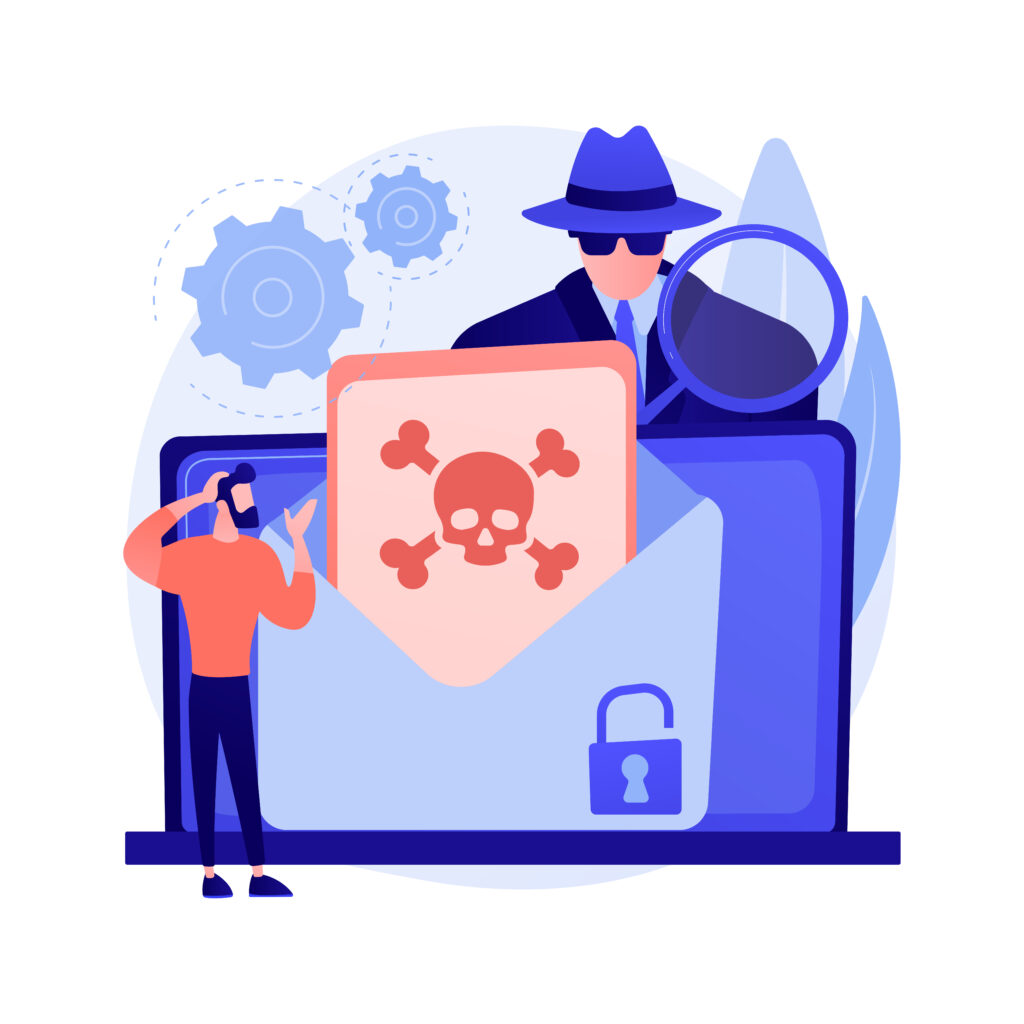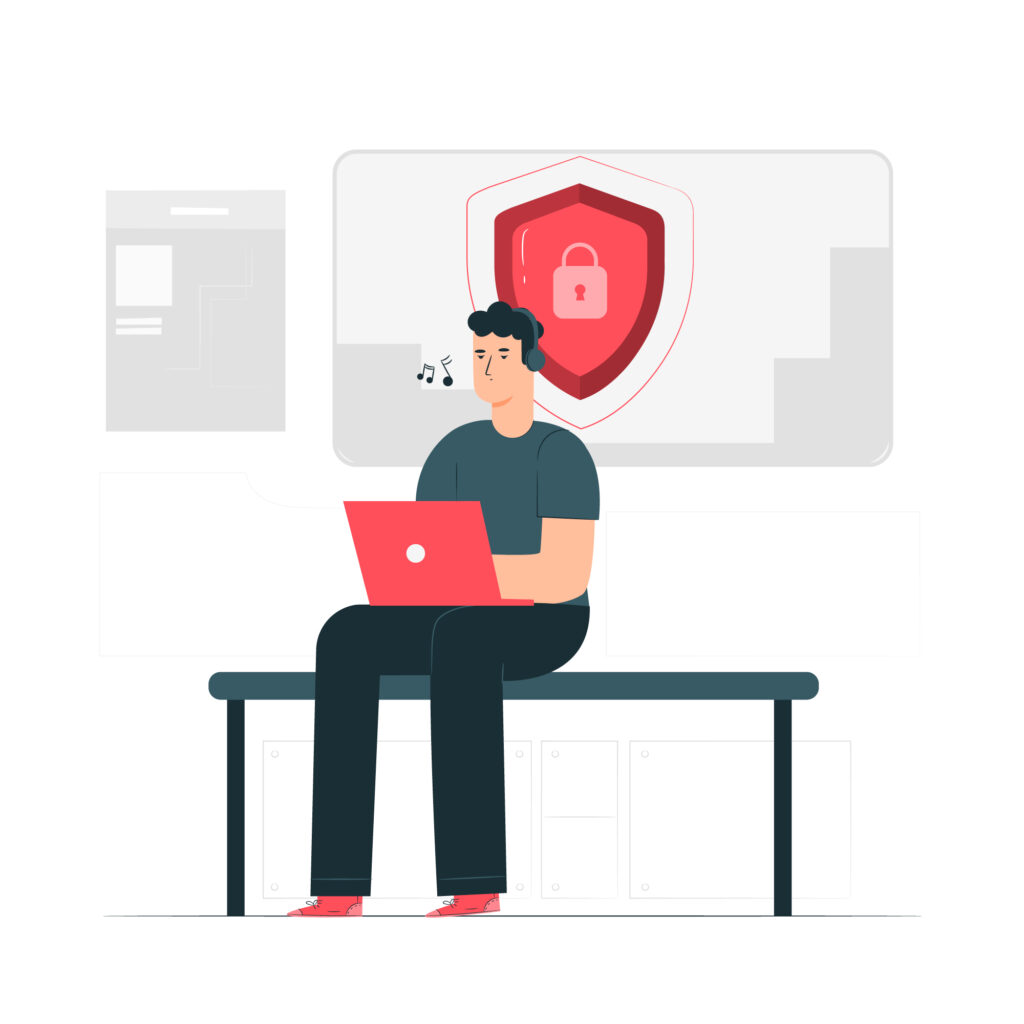 By: John Abhilash / July 17, 2024
By: John Abhilash / July 17, 2024
In today’s rapidly evolving digital landscape, the importance of robust cybersecurity measures cannot be overstated. One of the most effective ways to identify and address potential vulnerabilities in your systems is through penetration testing. This article will explore various penetration testing techniques, tools, and best practices that can help you fortify your organization’s defenses against cyber threats.
Penetration testing, often referred to as “pen testing” or ethical hacking, is a simulated cyberattack against your computer system, network, or web application to check for exploitable vulnerabilities. By conducting regular tests, organizations can identify weaknesses in their security posture before malicious actors do.
This practice plays a crucial role in:
Identifying vulnerabilities before attackers do
Assessing the effectiveness of existing security measures
Meeting compliance requirements
Improving incident response capabilities
Enhancing overall security posture assessment
Network pen testing involves identifying vulnerabilities in network infrastructure, including servers, firewalls, and other network devices. This technique helps organizations uncover potential entry points that attackers could exploit.
In 2013, retail giant Target fell victim to a massive data breach that compromised the personal information of millions of customers. Subsequent investigations revealed that the attackers initially gained access through a third-party vendor’s network connection. This incident underscores the importance of thorough network security assessments, especially when dealing with external partners and suppliers.
Web applications are often the most exposed part of an organization’s infrastructure. Web application pen testing focuses on identifying vulnerabilities in web-based applications, such as SQL injection, cross-site scripting (XSS), and broken authentication.
The 2017 Equifax data breach, which exposed sensitive information of over 147 million people, was primarily due to an unpatched vulnerability in a web application. Regular web application security testing could have potentially identified and addressed this vulnerability before it was exploited.
Social engineering attacks target the human element of security. This type of assessment evaluates an organization’s susceptibility to manipulation tactics like phishing, pretexting, and baiting.
In July 2020, Twitter suffered a major security breach when hackers gained access to high-profile accounts through a social engineering attack. The attackers manipulated Twitter employees into providing access to internal systems, highlighting the critical need for social engineering testing and security awareness training.
As more organizations adopt wireless technologies, the need for wireless network security assessments has grown. This technique involves identifying vulnerabilities in Wi-Fi networks, Bluetooth devices, and other wireless systems.
Physical security assessments evaluate an organization’s physical security measures, such as access controls, surveillance systems, and security personnel. While often overlooked, physical security is a crucial component of overall cybersecurity.
Automated tools can significantly enhance the efficiency and effectiveness of your security assessments. Some popular open-source and commercial tools include:
Metasploit Framework
Nmap
Wireshark
Burp Suite
OWASP ZAP (Zed Attack Proxy)
These tools can help streamline the testing process, but it’s important to remember that they should be used in conjunction with manual testing for comprehensive results.
To maximize the benefits of pen testing, consider the following best practices:
Before beginning a test, clearly define your objectives and scope. This will help focus your efforts and ensure that you’re addressing the most critical areas of your infrastructure.
While automated tools can be incredibly useful, they shouldn’t be relied upon exclusively. Manual testing by experienced professionals can uncover complex vulnerabilities that automated tools might miss.
Security assessments should be an ongoing process, not a one-time event. Regular testing helps ensure that your security measures remain effective as your infrastructure evolves and new threats emerge.
After completing a test, prioritize addressing the identified vulnerabilities based on their severity and potential impact on your organization.
Complement your penetration testing efforts with continuous monitoring of your systems and networks. This can help you detect and respond to potential threats in real-time.
Real-time testing involves continuously assessing your systems for vulnerabilities as they operate in production environments. This approach can help identify issues that may only appear under specific conditions or during peak usage periods.
Immediate detection of new vulnerabilities
Reduced time between vulnerability discovery and remediation
More accurate representation of your actual security posture
Enhanced ability to respond to emerging threats
As more organizations migrate their infrastructure to the cloud, cloud security assessments have become increasingly important. This type of testing focuses on identifying vulnerabilities specific to cloud environments, such as misconfigurations, insecure APIs, and inadequate access controls.
Understand shared responsibility models
Test both cloud infrastructure and applications
Assess data storage and transmission security
Evaluate identity and access management (IAM) controls
Consider multi-cloud and hybrid cloud environments
It’s worth noting that cloud security testing often overlaps with cloud security posture management (CSPM) which focuses on continuously monitoring and improving cloud security configurations.
Penetration testing frameworks provide structured methodologies for conducting comprehensive security assessments. Some popular frameworks include:
OSSTMM (Open Source Security Testing Methodology Manual)
PTES (Penetration Testing Execution Standard)
NIST SP 800-115 (Technical Guide to Information Security Testing and Assessment)
OWASP Testing Guide
These frameworks can help ensure that your security assessment efforts are thorough and consistent.
To measure the effectiveness of your program, consider tracking the following KPIs:
Number of critical vulnerabilities identified
Time to remediate vulnerabilities
Reduction in overall attack surface
Improvement in security awareness among employees
Compliance with industry standards and regulations
While penetration testing is an invaluable tool for improving cybersecurity, it does come with some challenges:
The threat landscape is constantly changing, requiring testers to continuously update their skills and knowledge.
Testing can potentially disrupt production systems if not conducted carefully. It’s crucial to balance thoroughness with minimal impact on operations.
Automated tools can sometimes generate false positives, requiring skilled professionals to validate and prioritize findings.
There is a growing shortage of skilled cybersecurity professionals, making it challenging for organizations to build and maintain robust testing capabilities.
Some organizations may be hesitant to invest in security assessments due to perceived costs or potential disruptions. Educating stakeholders on the value of proactive security measures is crucial.
Open-source tools can be an excellent resource for organizations looking to enhance their security assessment capabilities without significant financial investment. Some popular open-source tools include:
Kali Linux (a Linux distribution designed for security testing)
Nessus (vulnerability scanner)
John the Ripper (password cracker)
Aircrack-ng (wireless network security assessment)
Sqlmap (SQL injection detection and exploitation)
While these tools can be powerful, it’s important to use them responsibly and in compliance with all applicable laws and regulations.
In 2020, Zoom faced significant scrutiny over its security practices. In response, the company launched an expanded bug bounty program and engaged in extensive security testing. This led to the discovery and remediation of several critical vulnerabilities.
One notable finding came from security researcher Pwn2Own, who identified a zero-day vulnerability that could allow remote code execution. Zoom promptly patched this issue, demonstrating the value of their proactive approach to security testing.
This case highlights how pen testing and bug bounty programs can work together to enhance an organization’s security posture, especially when facing rapid growth and increased public attention.
While not a success story, the 2019 Capital One data breach offers valuable lessons about the importance of thorough security assessments. The breach, which affected over 100 million customers, was caused by a misconfigured web application firewall (WAF).
Post-incident analysis revealed that the vulnerability could have been detected through comprehensive cloud security testing. This case underscores the need for regular, in-depth testing of cloud configurations and emphasizes how oversights in cloud security can lead to massive data breaches.
Tesla’s bug bounty program, which can be seen as a form of crowdsourced security testing, has been notably successful. In 2020, a security researcher discovered a vulnerability in Tesla’s open-source Java library that could potentially allow attackers to take control of the company’s server.
Tesla quickly patched the vulnerability and awarded the researcher a $10,000 bounty. This case illustrates how companies can leverage the global security community to enhance their testing efforts and rapidly address potential vulnerabilities.
While penetration testing is crucial for identifying vulnerabilities, managing and acting on the results can be challenging, especially for large organizations dealing with multiple systems and applications. This is where Guardian, an Application Security Posture Management (ASPM) solution, can play a vital role.
Guardian helps organizations collate and analyze results from various security scans, including pen tests, vulnerability assessments, and configuration reviews. By correlating data from multiple sources, Guardian can:
Reduce noise by eliminating duplicate findings and false positives
Prioritize vulnerabilities based on their potential impact and exploitability
Provide actionable insights for remediation efforts
Track the progress of vulnerability remediation over time
Generate comprehensive reports for stakeholders and compliance purposes
By integrating Guardian into your security workflow, you can maximize the value of your testing efforts and maintain a more robust security posture.
Penetration testing is an essential component of a comprehensive cybersecurity strategy. By employing a variety of techniques, leveraging both automated and manual testing methods, and following best practices, organizations can significantly enhance their ability to identify and address vulnerabilities before they can be exploited by malicious actors.
As cyber threats continue to evolve, it’s crucial to view security assessments as an ongoing process rather than a one-time event. By staying vigilant and proactive in your security efforts, you can better protect your organization’s assets, maintain compliance with regulatory requirements, and build trust with your customers and stakeholders.
Remember, the goal of penetration testing is not just to find vulnerabilities but to continuously improve your overall security posture. By combining these assessments with other security measures like threat intelligence ,security incident response and zero trust architecture, you can create a robust, multi-layered defense against cyber threats.
Check Out our Other Resources : Master ASPM :Build a secure strategy







Leave a Comment